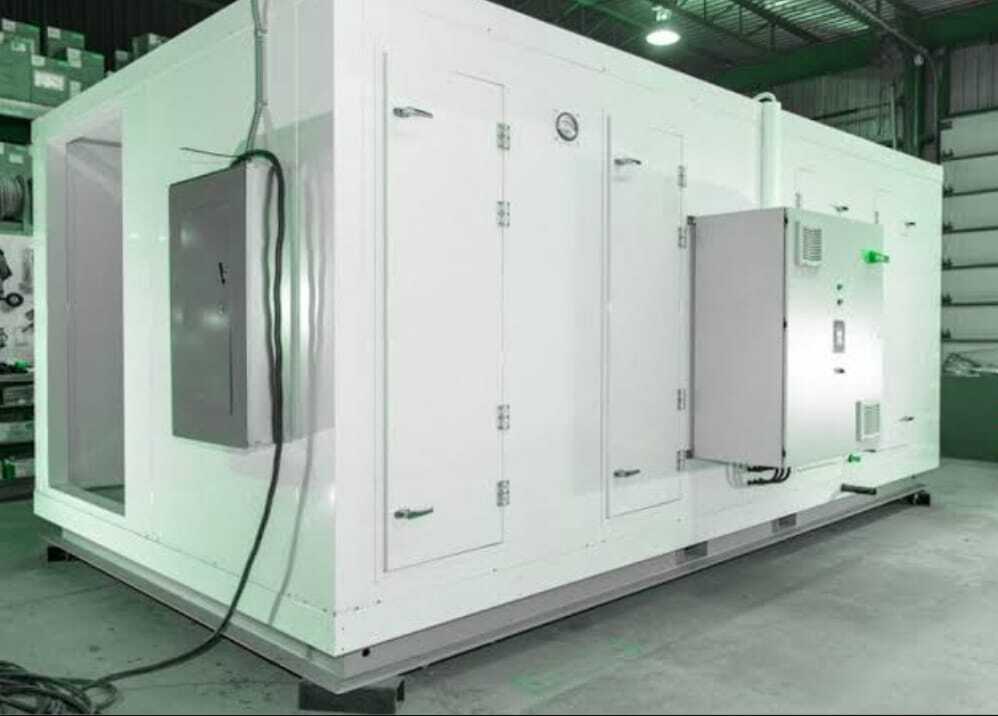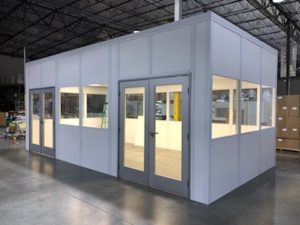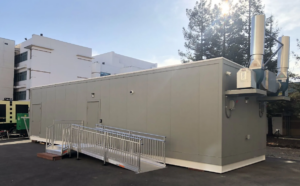Cleanrooms are an essential part of various industries, including pharmaceuticals, biotechnology, electronics, medical device manufacturing, and aerospace. These environments are designed to maintain an exceptionally high level of cleanliness, which is crucial for the manufacturing process. HVAC systems play a crucial role in maintaining the required cleanliness levels in a cleanroom. This article will discuss everything you need to know about HVAC and cleanrooms.
What is a Cleanroom?
A cleanroom is a controlled environment that limits the level of pollutants, including dust, airborne microbes, aerosol particles, and chemical vapors. Cleanrooms are classified based on the maximum allowable number of particles per cubic meter of air, and the lower the number of particles allowed, the cleaner the environment. The classification system is based on ISO (International Organization for Standardization) standards.
Why are Cleanrooms Necessary?
Cleanrooms are essential to ensuring the quality of the products manufactured in them. For example, in the pharmaceutical industry, cleanrooms are used to manufacture drugs and vaccines, which must be free from contaminants. Any contamination in these products can have serious consequences, including harm to patients and damage to the manufacturer’s reputation.
How Does HVAC Work in a Cleanroom?
HVAC systems in cleanrooms filter the air to remove contaminants. The air is then circulated to maintain a positive pressure in the cleanroom, which prevents contaminated air from entering the room. The HVAC system also maintains the temperature and humidity levels in the cleanroom, which are critical to the manufacturing process.
Types of HVAC Systems Used in Cleanrooms
Recirculating and non-recirculating systems are the two types of HVAC systems used in cleanrooms. Recirculating systems recycle the air within the cleanroom, while non-recirculating systems draw in fresh air from outside the room. The choice of the HVAC system depends on the specific needs of the cleanroom.
Components of an HVAC System in a Cleanroom
An HVAC system in a cleanroom consists of several components, including filters, fans, ductwork, and air diffusers. Filters are used to remove particles from the air, while fans circulate the air through the ductwork and air diffusers into the cleanroom.
Types of Filters Used in HVAC Systems in Cleanrooms
Filters used in HVAC systems in cleanrooms are classified into four types: pre-filters, HEPA (High-Efficiency Particulate Air) filters, ULPA (Ultra-Low Penetration Air) filters, and activated carbon filters. Pre-filters remove large particles from the air, while HEPA and ULPA filters remove smaller particles. Activated carbon filters are used to remove odors and gasses from the air.
How Often Should Filters Be Changed in a Cleanroom HVAC System?
Filters in a cleanroom HVAC system should be changed regularly to maintain the required cleanliness levels. The frequency of filter changes depends on the type of filter and the level of contamination in the cleanroom. Generally, pre-filters should be changed every three to six months, while HEPA and ULPA filters should be changed every year or two.
What is Air Change Rate (ACR) in a Cleanroom HVAC System?
Air Change Rate (ACR) is the number of times the air in a cleanroom is replaced per hour. ACR is calculated by dividing the volume of air that enters the cleanroom by the area of the cleanroom. The recommended ACR for a cleanroom depends on the classification level and the activities performed in the room. Higher classification levels require higher ACRs to maintain the required cleanliness levels. The activities performed in the room also affect the ACR, as some processes generate more particles than others.
Regular maintenance helps to ensure the HVAC system is operating at peak efficiency and maintaining the required cleanliness levels. However, sometimes cleanroom HVAC systems may need repair or refurbishment services due to damage or wear and tear. In such cases, it is important to hire an experienced cleanroom repair and refurbishment service provider.
Cleanroom repair and refurbishment services may include:
● Repairing or replacing damaged components such as filters, ductwork, fans, and air diffusers.
● Refurbishing the HVAC system to improve its performance and energy efficiency.
● Upgrading the HVAC system to meet the changing needs of the cleanroom.
● Modifying the HVAC system to comply with regulatory requirements.
● Conducting testing and certification to ensure the HVAC system is operating at the required cleanliness levels.
Conclusion
HVAC systems play a critical role in maintaining the required cleanliness levels in cleanrooms. The type of HVAC system and components used depend on the specific needs of the cleanroom. Regular maintenance and repair services are essential to ensure the HVAC system is operating at peak efficiency and maintaining the required cleanliness levels. Cleanroom repair and refurbishment services can help improve the performance and energy efficiency of the HVAC system, upgrade it to meet changing needs, and ensure compliance with regulatory requirements. By understanding the importance of HVAC systems in cleanrooms and taking appropriate measures to maintain them, industries can ensure the quality and safety of the products they manufacture and comply with regulatory requirements. Contact KCH Cleanrooms today for more information






